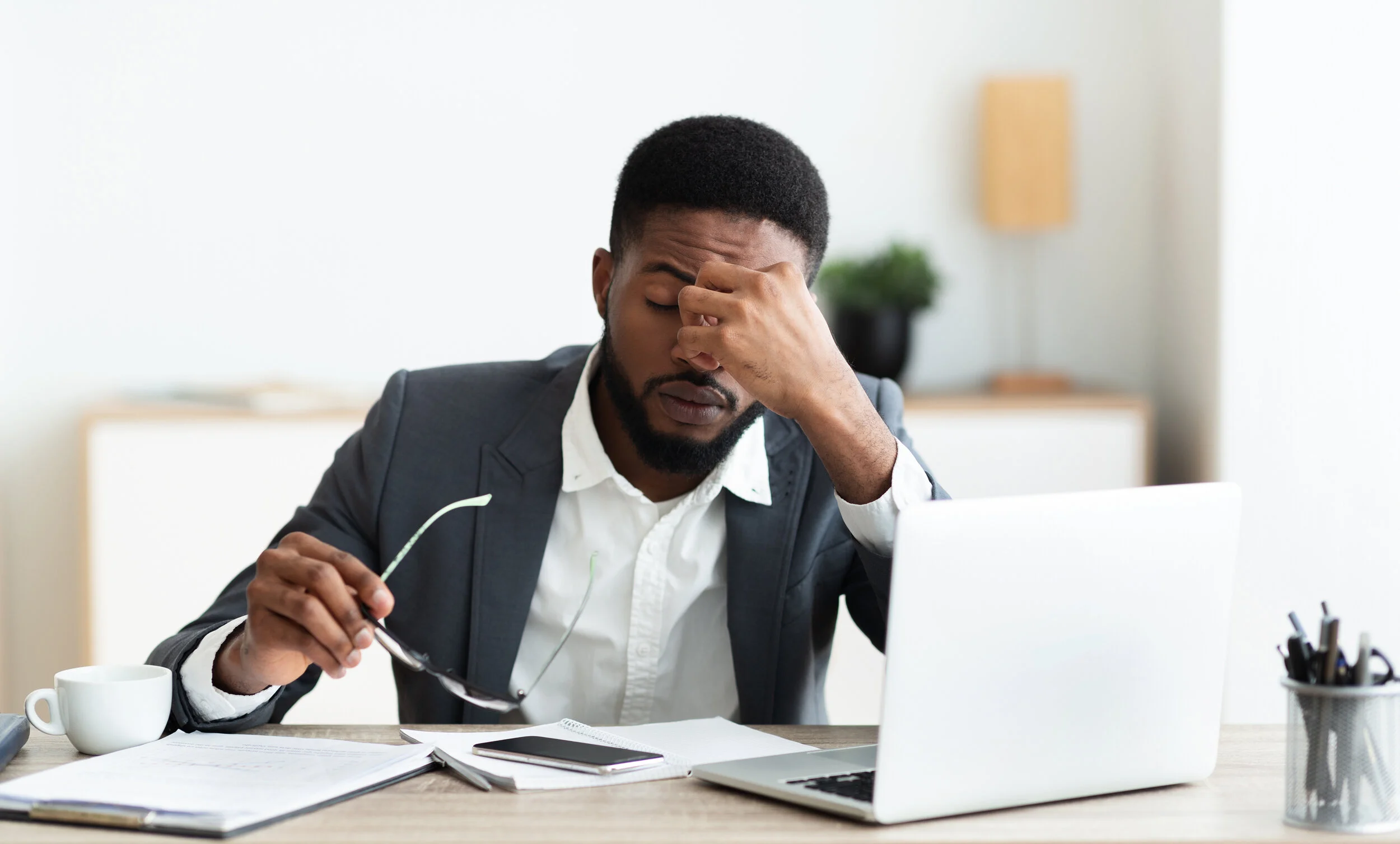Stress for Success: Part 2
Our Body & Pain
Stress for Success: Understanding Stress to Improve Your Brain, Body, & Function
Part I of this series defined stress as a stimulus to our brain, calling for your nervous system to react to get you back in a state of stability. In Part II, we will explore how stress can affect how you feel in your body.
Stress Can Be Good and Bad!
As mentioned previously, the dosage, frequency and type of stressor impacts how our bodies respond. Stress can feel exciting and can get us to move! Like that adrenaline pump we get after making that kill during a volleyball game or that extra motivation we need to get that project done. Yes, stress can in fact be a good thing! However, being in a prolonged period of over-stimulation can affect our mental state in so many ways, including how we perceive pain.
Pain is a Type of Stress
Acute pain is both a sensory and an emotional experience.1,2 This means we can sense it externally through what we see, what we hear, what we touch, and that experience can be heightened by what we internally feel, like being scared or angry. Pain is both a stimulus (stressor) and an adaptive response used to protect the body from tissue damage.1,2 The key thing to note here is that the feeling of pain does not necessarily mean there is tissue damage. It’s the signal to the brain saying, “Hey, this can’t be good if you keep doing it.” or, “There could be a more efficient way to do this.” It’s that “alarm” going off in the brain calling for you to act and prevent things from potentially getting worse.
If we are repeatedly exposed to acute spikes of pain through physical, sensory or emotional elements, our sympathetic nervous system becomes flooded with information telling us to “fight or flee.” We can become frozen in survival mode,which can greatly interfere in our decision-making abilities, 1,2 contribute to poor motor control, and heighten our sensitivity to painful stimuli.3 This may lead to experiences of:
Decreased confidence of where our body is in space
Lack of intentional movement
Increased fear to injury or re-injury
Feeling out of control and not sure what to do
Over time, this reduced trust in our own body movements can lead to a more sedentary lifestyle, which can lead to:
Lack of physical activity or exercise (which is a good stress!)
Weight gain and/or decrease of muscle mass2
Maladaptive physiological responses, such as persistent inflammation1,2
Increased vulnerability to developing chronic pain and disease1,2
Thus, increased dosage, frequency and exposure to noxious stimuli cause our brain to become reprogrammed. Instead of relating movement to something that is good and beneficial to us (like running freely through an open field), we begin to associate movement with something bad and harmful (like running from a dangerous mountain lion)4. If we don’t know how to identify good or bad stress, or more specifically what is causing that pain and over-stimulus to our system, we don’t know if we need to “rest and relax” or “fight or flee.” That alarm system is now constant. We now feel the stimulus of pain all the time, i.e. chronic pain. Good news? You have the power to change it.
What You Can Do Right Now
Identify if you are in pain
Identify how pain is interfering with your function and participation in daily life
Identify the source of the pain – this can be emotional, mental or physical
Reduce the unpleasant stimulus and safely return to normal function
Seek guidance and support
How Physical Therapy Can Help You Use Stress For Success
Physical therapists are movement specialists who utilize a whole systems approach. Their expertise is in how your brain, nerves, muscle, joints and tissues interact and react. They can:
Educate you on the root cause of your pain.
Screen out non-mechanical issues and refer to the appropriate specialist if needed. (We often work together with other specialists to take a holistic approach!)
Evaluate and assess your movements to identify which specific patterns can increase or decrease the stress/pain on your tissues.
Retrain the brain, nervous system and muscle interactions to restore optimal movement patterns and function
Provide counsel on pain management and prevention strategies to help you reduce your fear and empower you to move safely with confidence.
We make movement fun! ☺
Up next we will close out the series with discussing how stress can improve tissue function.
References
McEwan BS, Gray JD, Nasca C. Recognizing Resilience: Learning from the Effects of Stress on the Brain. Neurobiology of Stress. January 2015:1-11. https://www.sciencedirect.com/science/article/pii/S2352289514000022. Accessed April 28, 2020.
Abdallah CD, Geha P. Chronic Pain and Chronic Stress: Two Sides of the Same Coin? Sage Journals. June 2018. https://journals.sagepub.com/doi/10.1177/2470547017704763. Accessed May 12, 2020.
Gallivan JP, Chapman CS, Wolpert DM, Flannagan JR. Decision-Making in Sensorimotor Control. Nature Reviews Neuroscience . 2018;19(9):519-534. https://www.ncbi.nlm.nih.gov/pmc/articles/PMC6107066/. Accessed May 12, 2020.
Teaching People about Pain/ Medbridge/ January 2015/ Adriaan Louw, PT, PhD





